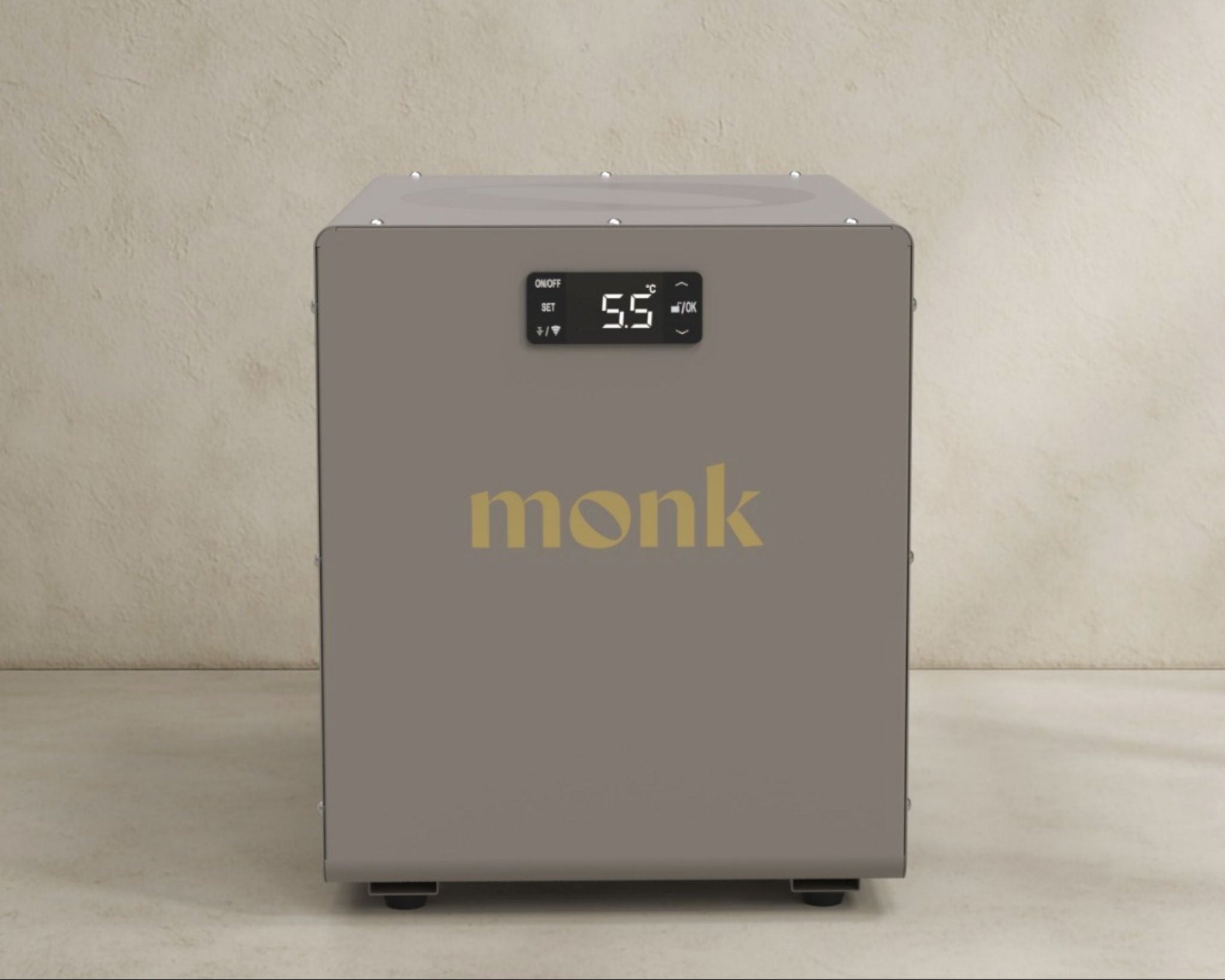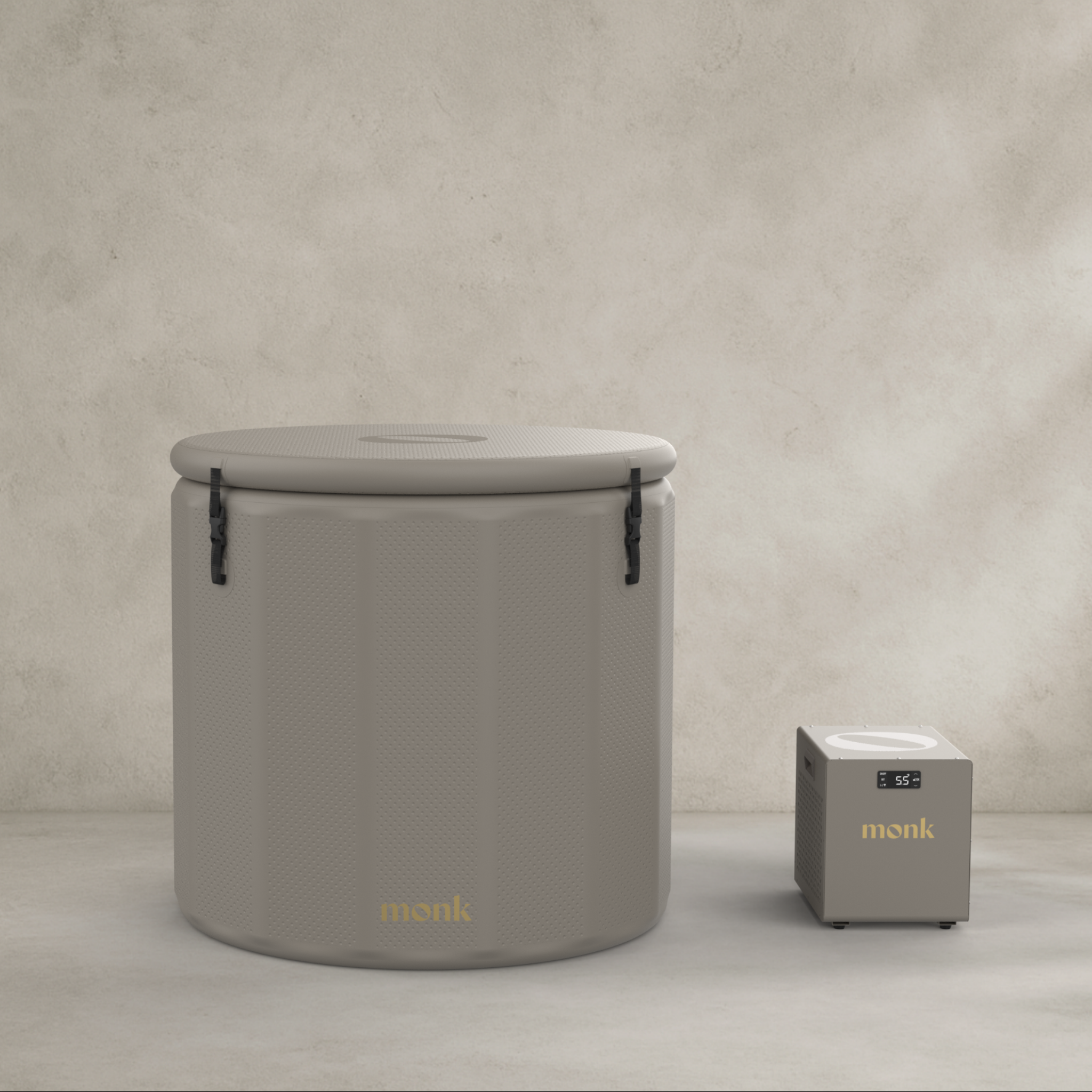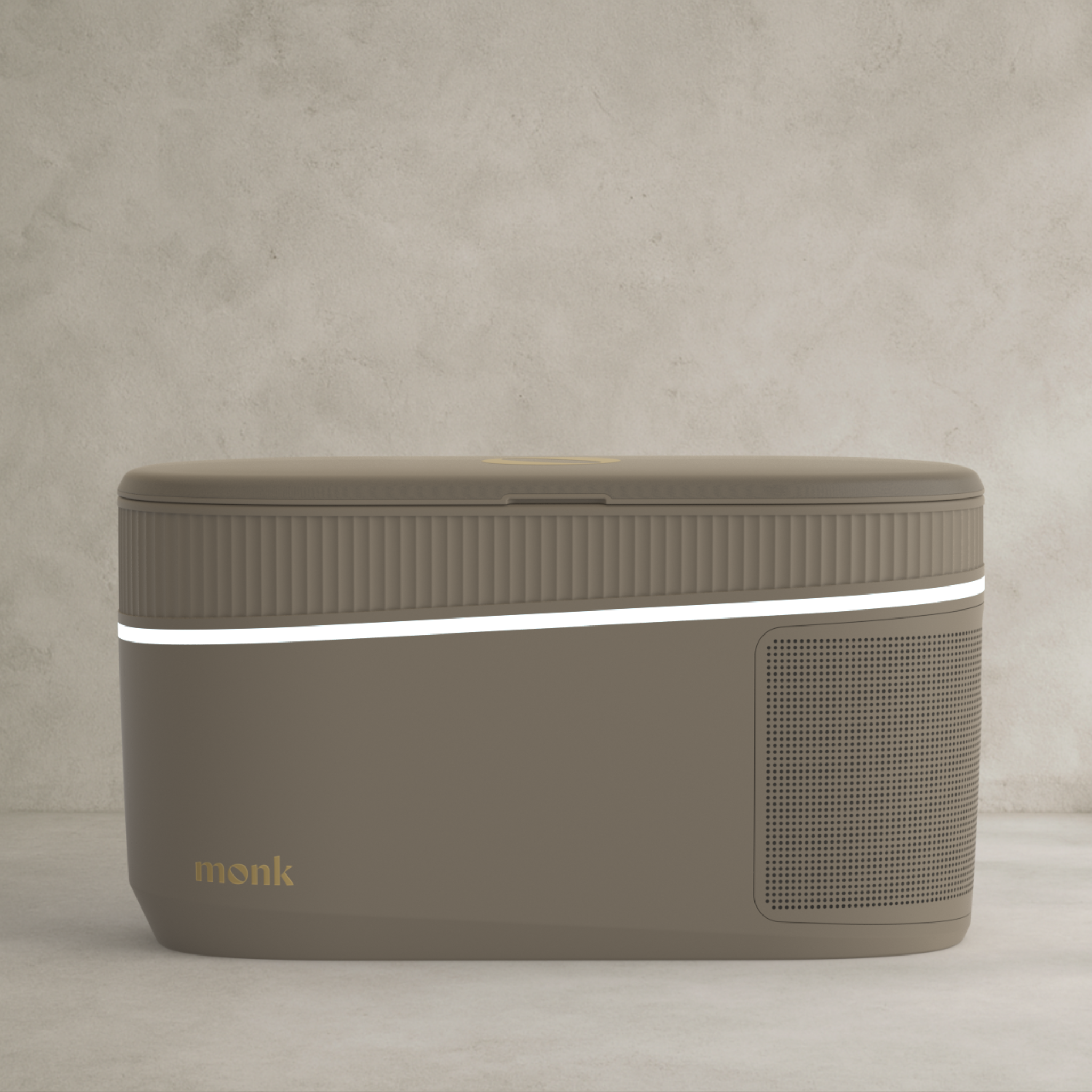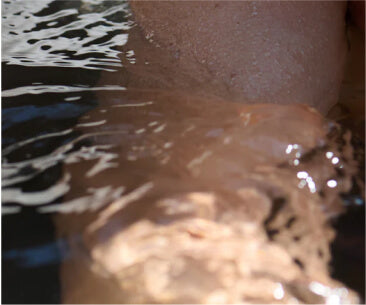The history of cold water therapy
What do the Kardashians, a Dutch world record holder and Hippocrates have in common? If you’re a 'Wim Warrior', you may already have guessed that it’s cold water therapy. Far from being a fleeting celebrity trend, but still taking over Instagram feeds like an aesthetic bliss bowl, cold water therapy has its roots in ancient medicine and has been used to treat and prevent ailments for thousands of years. New advocates with compelling stories have emerged and reinvigorated the practice in the last couple of decades, leading to hundreds of thousands across the globe using cold water immersion for its incredible benefits. Whether you’re already a convert and here to brush up on your background knowledge, or brand new to the idea of getting cold and wet for your health, we’ve got the lowdown on cold water therapy right here.
- What is cold water therapy?
- The history of cold water therapy
- How are people currently plunging?
- Why isn’t everyone using cold water therapy?
- What are the benefits of cold water therapy?
What is cold water therapy?
Cold water therapy (CWT) is the practice of intentionally exposing the body to water with a temperature of below 15oc to achieve therapeutic benefits for the body, the mind or both. There’s no single way to do CWT, and it can mean different things to different people - cold showers, ice baths and open water swimming are all forms of CWT - but one of the most recognisable methods is cold water immersion (CWI) where the whole body and sometimes the head is submerged in water below 15oc for a period of a few minutes.
The history of cold water therapy
One of the first mentions of using cold water for wellbeing was in the Edwin Smith Surgical Papyrus, which is dated 3500BC. We also know that Ancient Greek thinkers Hippocrates and Plato touted the physiological benefits of cold water in hydropathy, the Ancient Romans had frigidaria (cool pools) in their infamous baths, and Chinese physician and surgeon Hua To would plunge patients into the cold stone trough in his garden until steam rose several feet high.
Hundreds of years later, Physicians John Floyer, William Cullen and James Currie studied and published the benefits of cold bathing for health in the early 1700s. Their work influenced the emergence of small spas across the country, but the real cold water boom can be traced back to an Austrian farmer turned physician, Vincenz Priessnitz. He developed multiple cold water cures for his local community after using bandages soaked in cold water to heal his own broken ribs. ‘Hydropathists’ in the late 1800s flocked to Priessnitz’s work and developed it with wider applications including cold water bathing.
Cold water therapy hit the big time in 1842 when Drs. Wilson and Gully established a ‘Water Cure’ facility in Malvern, UK, following in Priessnitz’ footsteps. They had famous patients and advocates including Charles Darwin, Charles Dickens, Florence Nightingale and Lord Tennyson, and those with the money flocked to spa towns like Malvern and Bath for treatment. Name another health trend that has had celebrity fans for decades - we’ll wait.
Soon after, thousands of Georgians, then Victorians, flocked to seaside resorts like Blackpool, Bournemouth and Brighton to holiday and ‘take the waters’ for their health on the advice of physicians like Richard Russell and William Buchan. Now we’re more likely to hit the Seychelles than Scarborough when we get time off, but these coastal towns are still home to thousands of all-year-round dippers who reap the benefits of cold water swimming.
One man connecting this ancient and natural practice to our modern world is Wim Hof, otherwise known as the ‘Ice Man’. Born in the Netherlands in 1959, Wim Hof has a relentless affinity with cold water plunging which began aged 17 as a sudden impulse, then became an everyday practice. After the tragedy of his wife’s death in 1995 following the deterioration of her mental health, Wim Hof realised the importance of sharing his practice, to help save others from similar fates by transforming their relationship with their minds and bodies. Now hundreds of thousands of people across the world, including the likes of Jack Dorsey, David Beckham, Lady Gaga and Nicole Sherzinger, now submerge themselves in freezing cold water on a regular, sometimes daily basis. Just open up TikTok or Instagram and it won’t take you long to come across someone styling out their freezing cold dunks, whether it’s an elegant bathtub in the garden, or jumping off a glacier into a hole in the ice below.
How are people currently plunging?
There’s no single way to ‘do’ cold water therapy, but there are some methods that CWT fans have adopted in their thousands:
Open water swimming
Seas, lakes, rivers - whether your vibe is morning pier-to-pier lengths or sharing a chilly plunge with a few curious ducks, more than 4.1 million people swim outdoors every year, taking advantage of some of the best cold water therapy that nature has to offer.
Chest freezers and wheelie bins
You read it right. Some committed CWT warriors are using online DIY advice to convert chest freezers or wheelie bins (a.k.a. the ‘Bin’ Hof movement) into ice baths so they can plunge at home. This is how we started out, from humble beginnings! We salute the effort, but there are some issues with these homemade methods which we’ll touch on below.
Filling your home bath with ice
It’s as simple as that. For those who want convenience without the big upfront cost, bulk buying ice to dump into your own bath at home is an option for regular ice baths. That is, providing you’ve got the freezer space (and it’s not already been converted into an ice bath!).
Why isn’t everyone using cold water therapy?
As evidence continues to stack up for the benefits of cold water therapy, it’s strange to think that there aren’t more people using it to improve immunity, muscle recovery, pain, fat loss and mental health, amongst other things. The truth is there are challenges to using cold water therapy.
It can be expensive
If you’re all-in on cold water therapy, you may have Googled ice baths. Then gulped at the price. If you want something properly insulated and temperature-controlled, you’re looking at upwards of £8000. They’re also enormous, so if you’re living it up in a high-rise flat with no garden, it’s unlikely to be an option for you. Even if you’re opting for a basic solution like filling your own bathtub with bags of ice, the costs will start to stack up if this is daily practice (and all those plastic bags aren’t great for the environment). This is why Monk exists.
It can be inconvenient
Stripping your kit off to plunge into a nearby lake or sea is nothing short of glorious, but it’s not available to everyone, unless you live right close to a swim-safe body of water. If you lived in the centre of Manchester, it would take 25 minutes to get to the closest lake swimming spot, or 1 hour to the nearest beach at Blackpool if you don’t fancy sharing your swim with curious pike and ogling dog walkers.
It can be unhygienic and environmentally toxic
Full credit to the ingenuity of fellow cold water plungers who convert wheelie bins, barrels or chest freezers into ice baths for their garages or back gardens. In the pursuit of health and performance, it’s innovative as hell. What it isn’t, is hygienic. Keeping and re-using the same water in a static container is the perfect breeding ground for bacteria. There are solutions, like using chlorine and pH-balancing chemicals and regularly emptying the water, but that has implications for the environment and it’s not great for our bodies. Our CEO Laura, got ill from cold plunging in a well known London lake, which was contaminated.
It’s risky (when not done properly)
You may have figured out by now that we’re cold water therapy evangelists. We also recognise that when not executed properly for the individual, it can be dangerous. Hypothermia is a risk with cold exposure if the body doesn’t get back up to temperature in reasonable time. There are also pre-existing health conditions to do with the heart which mean some must tread carefully with cold swimming or ice baths. Those cold water warriors who have also converted chest freezers into at-home ice baths also put themselves at risk: freezers weren’t built to hold water (or humans!). Our mission with Monk is to make CWT personalised, and teach people how to do it safely and effectively.
What are the benefits of cold water therapy?
So humans have been using different forms of CWT for years, but why exactly has it stood the test of time, and why are its advocates so vocal? Turns out, the adrenaline rush from a dunk in the ice cold is just the tip of a pretty f**king huge iceberg of benefits. Research shows CWT can speed up muscle recovery and improve athletic performance, strengthen immunity, increase your metabolism and aid fat loss, improve your mental health, help manage pain and protect brain function. Dig into all the details in our post on the benefits of CWT here.
Please note: educational information is not the same as medical or psychological advice. This blog post is reviewing published scientific evidence, and all information on this website is presented for educational and informative purposes only. It is not intended to replace professional, medical, or psychological guidance in any capacity.







